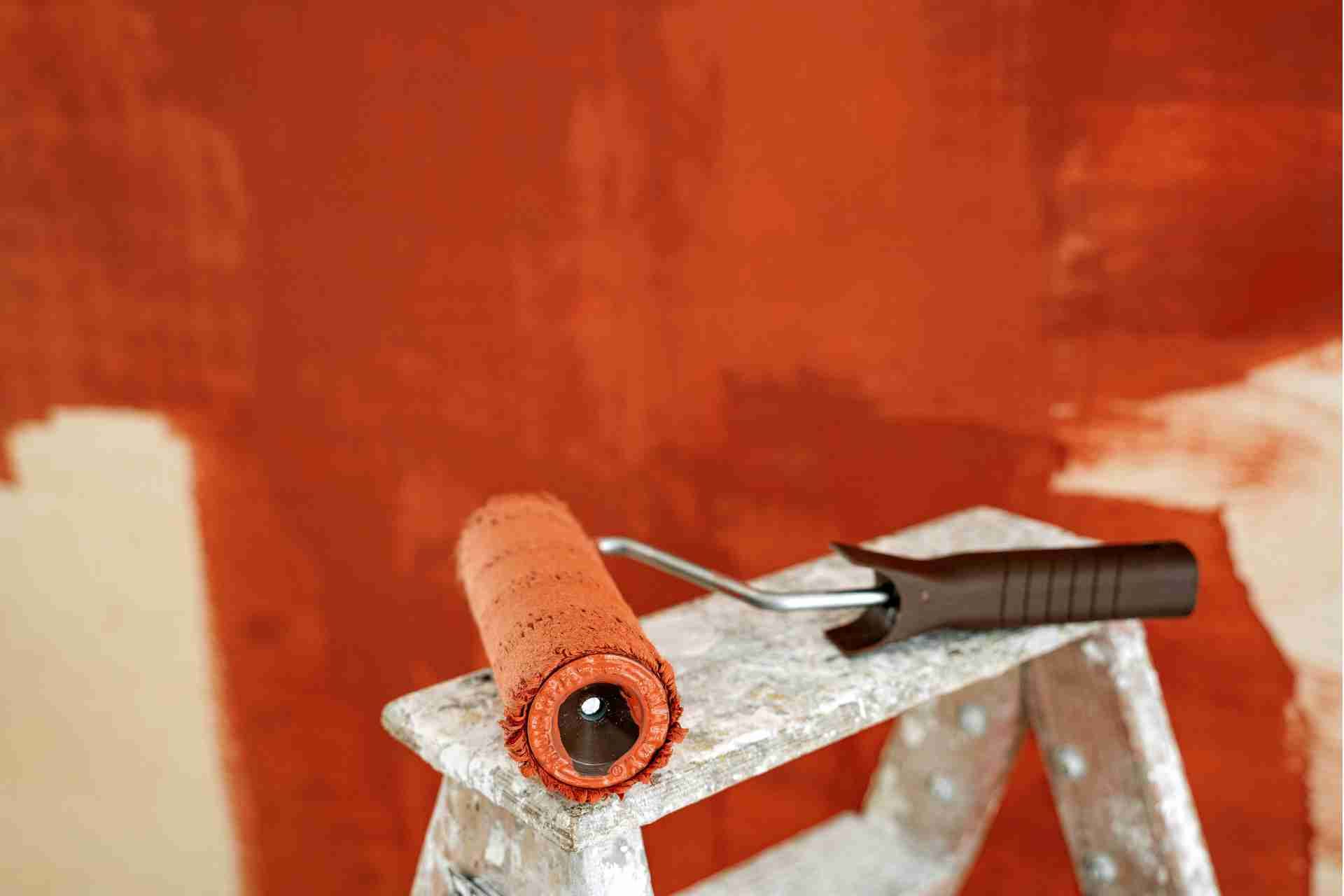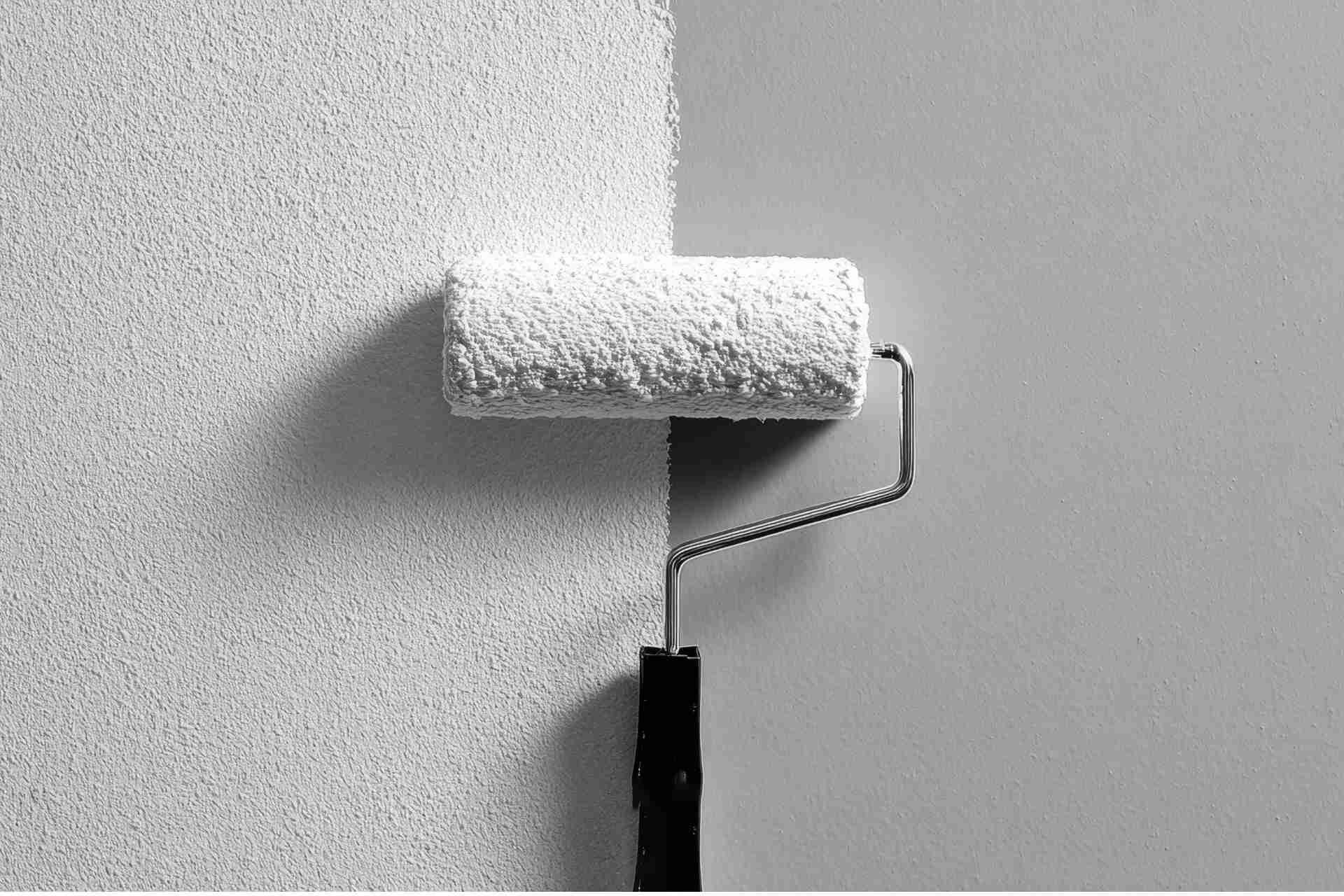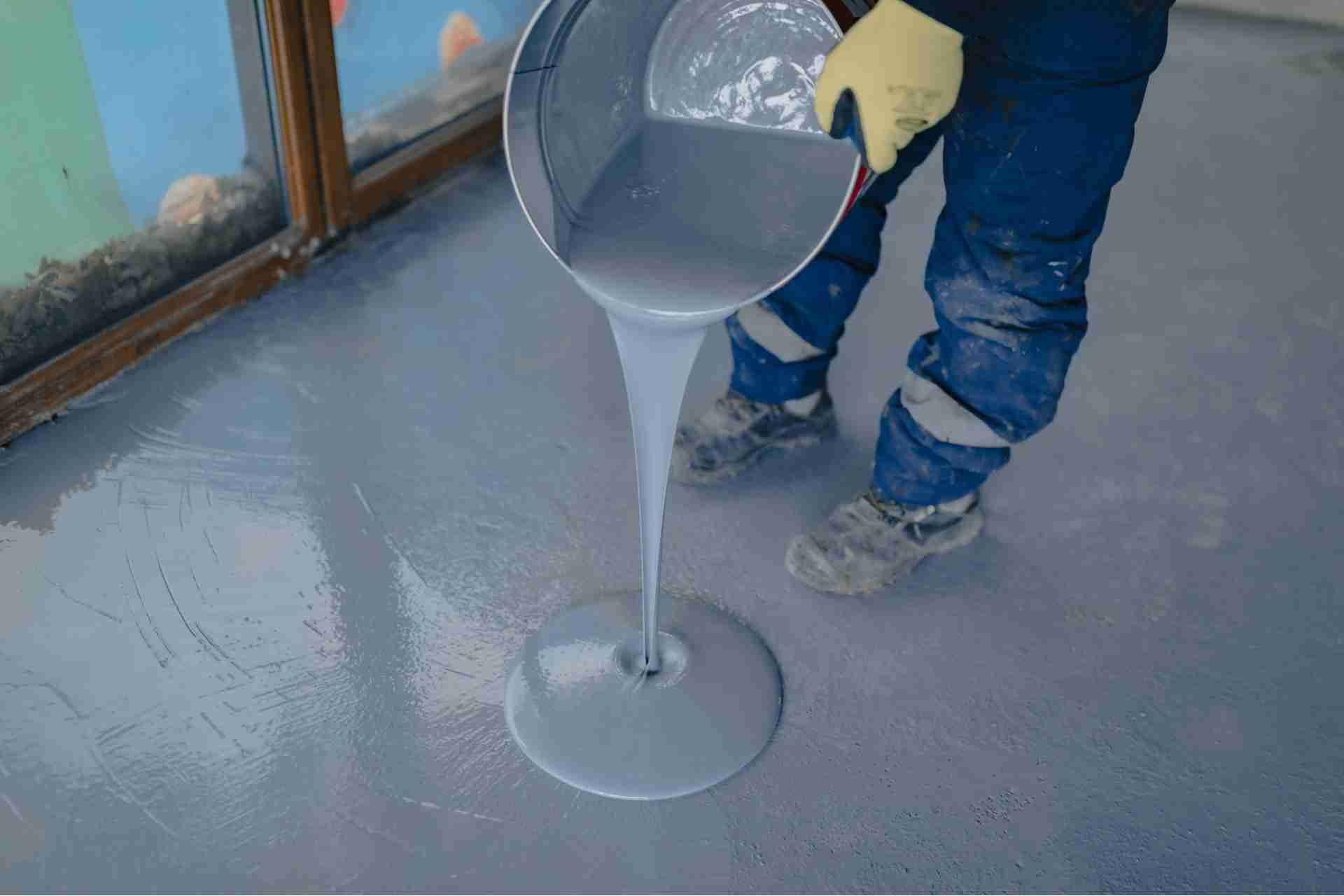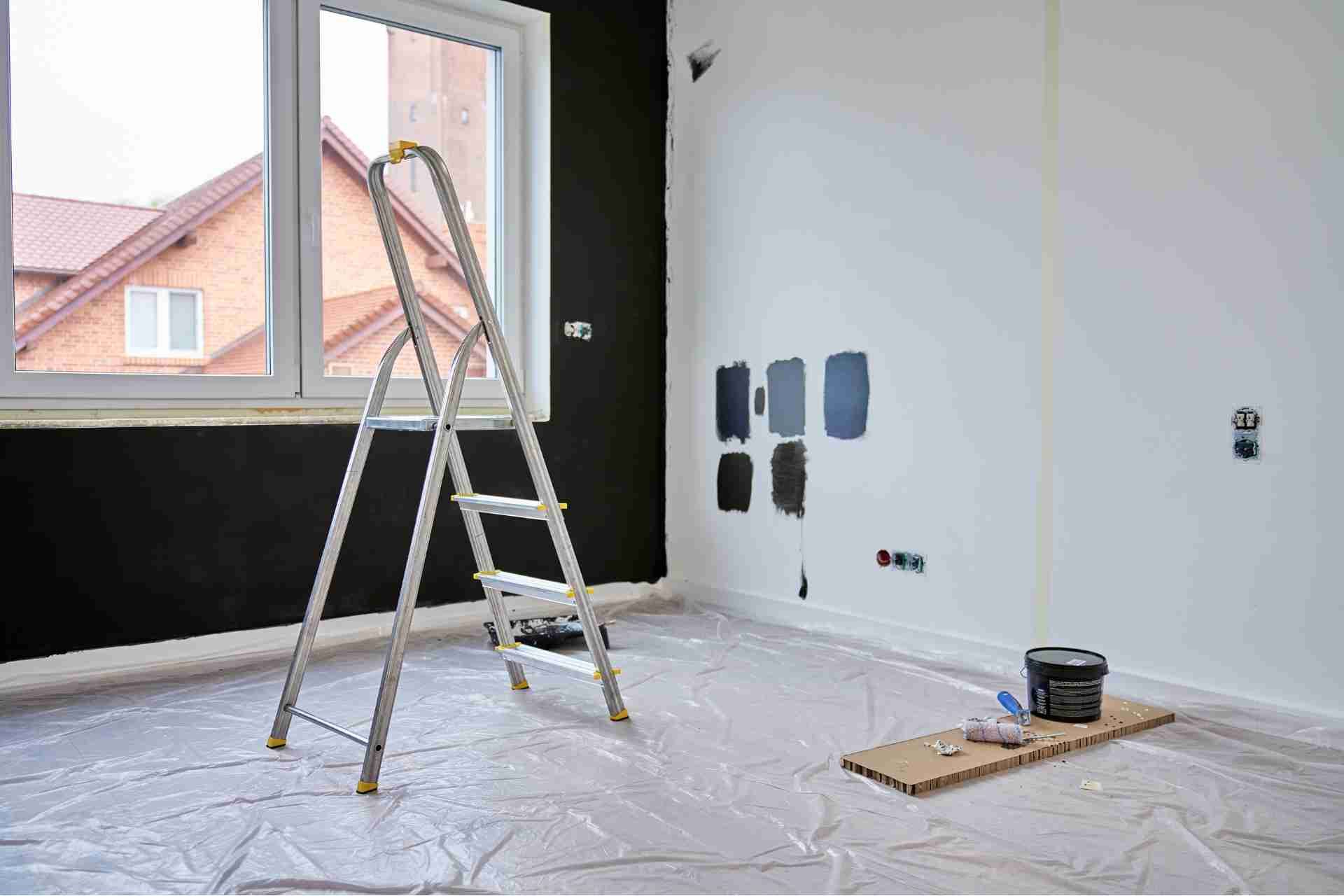Home Painting Process Explained
When you're ready to transform your space, understanding the home painting process is key. You'll want to think carefully about your color choices and how they fit with your existing decor. Assessing your current space will guide your preparations, ensuring everything's in order before you start. But there's more to it than just picking a color. Let’s explore the essential steps to achieve that professional finish you’re aiming for.
Understanding the Importance of Color Selection
Choosing the right color for your home isn’t just a matter of personal preference; it can significantly impact the mood and atmosphere of your space.
Colors evoke emotions and can influence how you feel in each room. For instance, warm tones like reds and yellows can energize a space, while cool colors like blues and greens create a calming effect.
Think about how you want each room to feel—cozy, vibrant, or serene. You’re also considering lighting, as it can alter how colors appear throughout the day.
By selecting colors that align with your goals, you’ll create an environment that reflects your personality and enhances your daily life.
Assessing Your Current Space
Once you’ve settled on your color palette, it’s time to evaluate your current space. Take a good look around and assess the walls, ceilings, and any architectural features. Notice the condition of the surfaces; are there any flaws or damage that need addressing?
Consider the size of the room and how the lighting affects your chosen colors. Do they enhance or clash with the existing elements? Think about the furniture and decor you have—will your new color scheme complement them?
Also, assess the ambiance you want to create. A cozy feel? A vibrant atmosphere? Understanding these factors will help you make informed decisions, ensuring your painting project achieves the desired look and feel for your home.
Preparing Surfaces for Painting
Before diving into your painting project, it’s essential to prepare the surfaces properly to ensure a smooth and lasting finish.
Start by cleaning the walls to remove dirt, dust, and grease. Use a mild detergent mixed with water and a sponge; this will help the paint adhere better.
Next, inspect for any cracks or holes and fill them with a suitable patching compound. Sand any rough areas to create a smooth surface. If you're painting over a glossy finish, lightly sand it to promote adhesion.
Finally, wipe down the surfaces with a damp cloth to remove any dust created during sanding. Taking these steps will set you up for success and enhance the overall appearance of your painted space.
Choosing the Right Tools and Materials
Selecting the right tools and materials can make all the difference in your painting project. Start with high-quality paint, as it ensures better coverage and durability.
Choose brushes and rollers suited for your surface type; a good brush helps with precision, while rollers speed up the process. Don’t forget painter’s tape for clean edges and drop cloths to protect your floors. A sturdy ladder is essential for reaching high areas safely.
If you’re tackling outdoor projects, consider weather-resistant products. Also, keep cleaning supplies handy for any spills or touch-ups.
Investing in the right tools not only simplifies your work but also enhances the final result, making your effort truly worthwhile.
Techniques for Applying Paint
When you’re ready to apply paint, mastering a few key techniques can make the process smoother and yield professional-looking results.
First, always start with a clean, dry surface. Use a quality brush or roller, depending on the area you’re painting. For walls, a roller covers large spaces quickly, while brushes are great for edges and corners.
Apply paint in long, even strokes, maintaining a wet edge to avoid streaks. If you’re using multiple colors, use painter’s tape to create sharp lines.
Don’t overload your brush or roller; it's better to apply several thin coats than one thick one.
Finally, always step back periodically to check for even coverage and touch up any missed spots.
Managing Paint Drying Times
As you dive into your painting project, understanding how to manage drying times is crucial for achieving the best results.
Start by checking the paint can for recommended drying times, which can vary based on the type and brand. Generally, you'll want to allow at least two to four hours between coats, but this can depend on humidity and temperature.
Be mindful of your environment; high humidity can extend drying times. To test if the paint is ready for another coat, lightly touch an inconspicuous area. If it’s not sticky, you’re good to go.
Also, remember that ventilation helps speed up drying, so open windows or use fans when possible. Managing these factors will lead to a smoother finish.
Adding Finishing Touches
While you might feel tempted to rush through the final steps of your painting project, adding finishing touches is essential for achieving a polished look.
Start by inspecting your walls for any missed spots or uneven areas. Grab a small brush to touch up those imperfections.
Next, don’t forget about the edges; use painter’s tape to ensure clean lines around windows, trim, and corners.
If you used a roller, check for any lint or debris left behind, and gently remove them.
Lastly, consider adding a coat of clear sealant if you’re painting furniture or cabinets, as this can enhance durability and shine.
Taking these extra steps elevates your work and leaves you with a beautifully finished space you can proudly show off.
Cleaning Up After the Project
After you’ve put in all that hard work, cleaning up is crucial to ensure your space looks as good as it feels.
Start by removing painter’s tape carefully to avoid peeling any paint. Next, gather your brushes, rollers, and trays. If you’re using water-based paint, rinse them in warm soapy water. For oil-based paints, use the appropriate solvents.
Don’t forget to dispose of any used materials responsibly. Wipe down surfaces to remove dust and paint splatters.
Lastly, take a moment to admire your work. A clean space not only looks great but also helps you enjoy the fresh new look you’ve created.
With everything tidied up, you can fully appreciate the transformation of your home.
Maintaining Your Newly Painted Space
To keep your newly painted space looking fresh, regular maintenance is essential. Start by dusting surfaces and wiping down walls with a damp cloth to remove any dirt or smudges.
Avoid using abrasive cleaners, as they can damage your paint. If you notice scuffs or scratches, touch them up with leftover paint to maintain a uniform appearance.
Consider using a satin or semi-gloss finish in high-traffic areas, as they’re easier to clean. Keep an eye on the room’s humidity and temperature, as extreme conditions can affect the paint’s longevity.
Finally, schedule a thorough inspection every six months to catch any issues early, ensuring your space remains vibrant and welcoming for years to come.
Conclusion
In conclusion, following these steps will help you achieve a beautiful paint job that enhances your home's appeal. Take your time with color selection, prepare your surfaces carefully, and use the right tools for the best results. Remember to apply paint evenly and manage drying times for a flawless finish. With a little effort in cleaning up and maintaining your newly painted space, you'll enjoy your refreshed environment for years to come. Happy painting!











